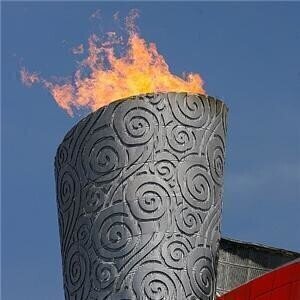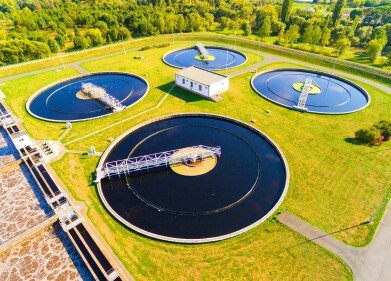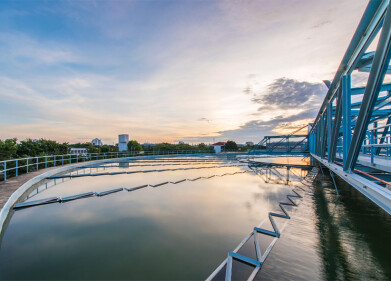Water/Wastewater
Scientific Collaboration Seeks to Develop New Methods for Better Identification of Contaminants in Drinking Water
Sep 23 2008
drinking water. Scientists at Missouri University of Science and Technology are working with Applied Biosystems (USA) and its joint-venture partner, MDS Analytical Technologies to develop and validate new methods through which municipalities and treatment centres can detect a wider range of harmful chemicals.
This project is responding to the increasing prevalence of contaminated drinking water. For instance, pharmaceutical residues were found in the drinking water supplies of at least 41 million Americans, according to a five-month investigation conducted by the Associated Press1. Pharmaceutical and personal care products have also been detected in reservoirs, lakes and rivers throughout Europe, Asia and other parts of the world. These findings raise serious concerns about the potential long-term health risks.
Efforts to monitor the contaminants are underway in many municipalities and water treatment centres; however, the lack of analysis and validated methods to identify hard-to-detect contaminants, such as disinfectant byproducts, cyanobacterial toxins and degraded pesticides, is further hampering testing. Working at the university campus, the scientists conducting this project will analyse reservoir water with mass spectrometry, which is an advanced scientific technique used to analyse compounds based on their molecular composition. They will utilise Applied Biosystems/MDS Analytical Technologies` mass spectrometry systems to develop new software-based methods that are expected to expand the range of contaminants that can be screened in repeatable, systematic ways.
For this project, the scientific team is employing a complete mass spectrometry workflow from Applied Biosystems/MDS Analytical Technologies that incorporates the 4000 Q TRAP® system, which is a specialised mass spectrometer that integrates quantitative and qualitative analysis by combining triple quadrupole and linear ion trap capabilities. It is the only system of its kind that provides information to identify and quantify contaminants at trace levels. The software that will host the new methods is Cliquid® software, which is an application that simplifies the operation of LC/MS/MS (tandem liquid chromatography/mass spectrometry), an analytical technique that combines physical separation with mass-based detection.
The new methods will build on the integrated functionality of Cliquid software by providing guidelines on the instrument parameters to identify and quantify contaminants.
Digital Edition
IET 34.2 March 2024
April 2024
Gas Detection - Biogas batch fermentation system for laboratory use with automatic gas analysis in real time Water/Wastewater - Upcycling sensors for sustainable nature management - Prist...
View all digital editions
Events
Apr 22 2024 Hannover, Germany
Apr 22 2024 Marrakech, Morroco
Apr 23 2024 Kuala Lumpur, Malaysia
Apr 23 2024 Kintex, South Korea
Apr 23 2024 Edmonton, AB, Canada


















